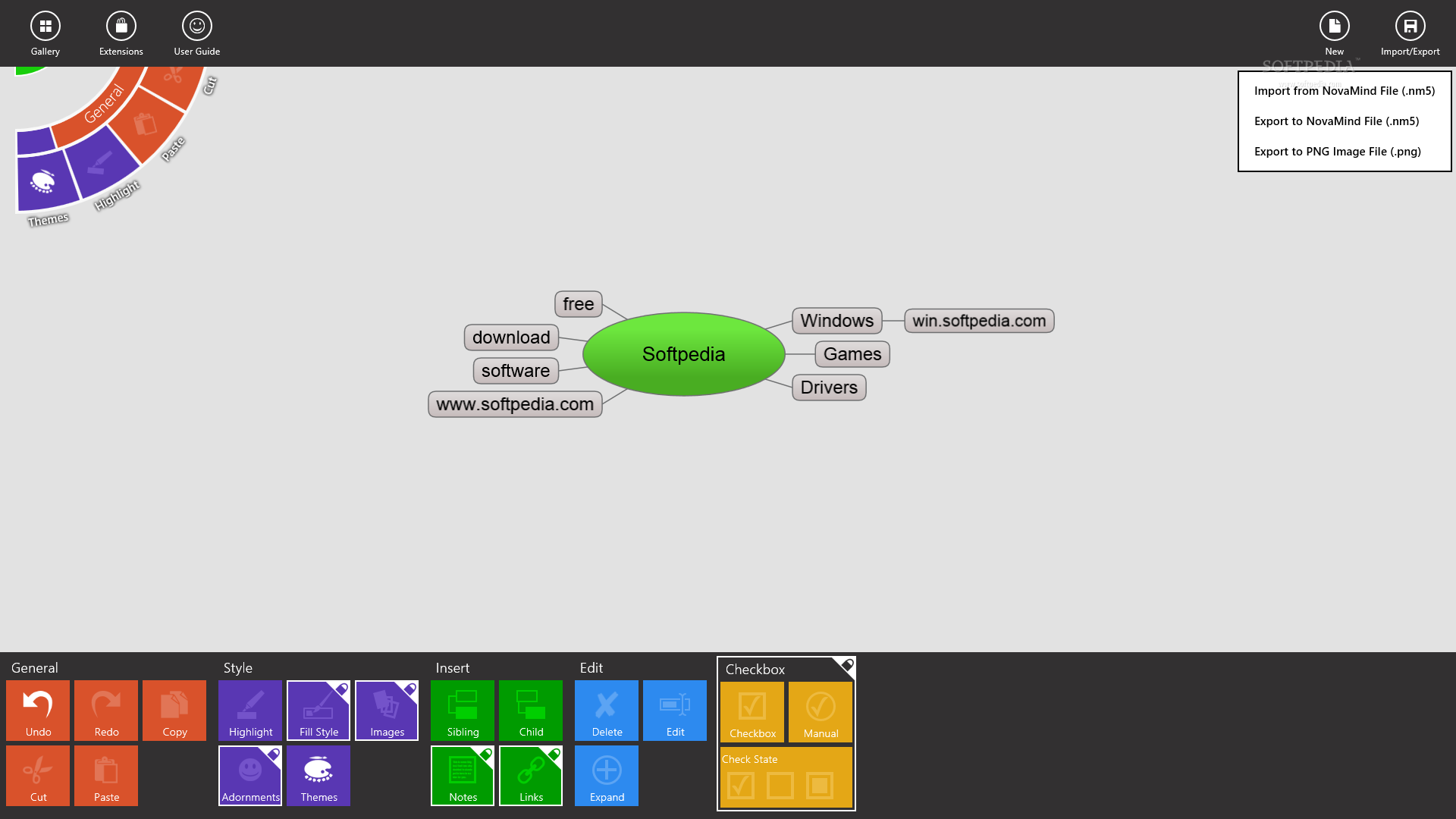
Take the lower half of the mind map above, for example. The existing mind mapping tools ( MindManager and Inspiration are both excellent, but expensive, while OpenSource FreeMind, which I used for the mind map above, is less robust and a bit counterintuitive but perfectly serviceable, and it’s free) - all use a tree-structure or ‘fish-bone’ approach to organizing thoughts and information.

I even wonder whether in some way the mind map mimics the way the neurons in the brain are organized, the way they make connections across space. Perhaps the graphic layout stimulates the right brain and gets you thinking about how ideas and information relate to other ideas and information, pulls you out of your linear thinking habits. Using the mind map approach has had a similar impact on some of my written work. And you always learn something yourself just from the process of preparing to teach others. Sometimes, I confess, you’re tempted to exaggerate the truth to make the story better (resist this temptation!) And sometimes you find that you’ve changed your mind about what you were going to tell the audience entirely. Sometimes you find that some of the points you planned on making are extraneous, or just don’t fit, in the story. What’s interesting is that stories have a completely different structure to them than analytical discourse, so it’s a major reconstruction effort to build the critical points back into the story. With mind maps, I can dispense with PowerPoint entirely. Now I’ve learned that they’re boring for the audience, so I use them to organize my thoughts but then transform them into a story, and show only graphics on my slides. I always found developing sequences of PowerPoint slides with bullets on them, which is mind mapping in a rudimentary way, useful for organizing my thoughts for presentations. So perhaps this ‘learning by writing down’ style is the reason I find mind maps useful. I’ve always learned best by writing, synthesizing and distilling books and other voluminous materials down to their essence: the message, the meaning, and the necessary actions. I’ve often used pencil and paper to sketch out cause-and-effect (systems thinking) and process diagrams (which are more linear), but recently I’ve started playing with mind maps as a personal ‘thinking out loud’ tool, to organize my thoughts and think creatively all by myself. What intrigues me about this list of applications is that some of them are left-brain, deductive processes while others are right-brain, inductive, creative processes.


Taking notes from oral presentations, conversations or broadcasts, and written reports and books.In addition to building and documenting consensus, this tool is useful for some other things: The scribe needs to constantly clarify, reiterate, and question the group, and needs to learn to listen for what is not said as carefully as what is said. I’ve seen it work wondrously on several recent occasions focused on completely different classes of problems.
#Mythoughts mapping for windows software#
It’s not significantly different from ‘ outlining‘, except that, for some reason, the graphical layouts of mind maps are more comprehensible, easier to grasp and follow, and aesthetically superior to the linear, multi-layered indentation of outliners.Ī good scribe with this software and an overhead projector can capture a group’s consensus, clarify areas of disagreement and misunderstanding, and document the collective intelligence and ideation of a collaborative group. Or, as Wikipedia puts it, “a radial diagram that represents semantic connections between learned material”. There’s a lot of hype about this concept, and about this software, but basically the software is a simple mechanism for documenting thoughts and information graphically as they are generated. Recently I’ve been working on a couple of projects with teams who have embraced ‘mind-mapping’ software.


 0 kommentar(er)
0 kommentar(er)
